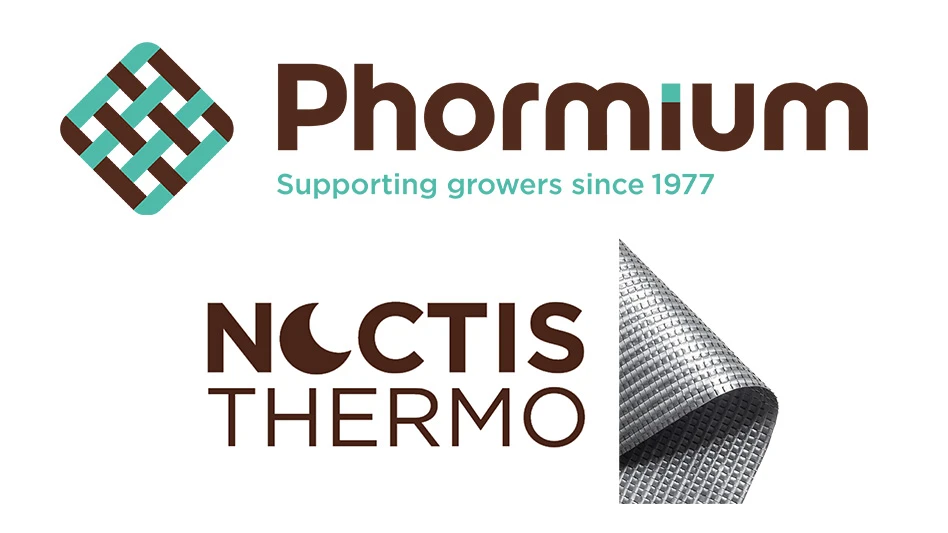
I’ve heard a rumor that plants with darker foliage would be taking the spotlight in 2021. But I am not really seeing evidence of that in new plant releases or media. What I am seeing is that all things gardening are “in,” be it foliage, flowers or food. 2020 ushered in a huge influx of new plant and gardening enthusiasts. As an industry, it looks like we are going to hang on to most of these new hobbyists heading into spring 2021. With indoor and outdoor gardening being a bright spot for many during an otherwise dismal year, these new customers carry with them a deep thirst for more of everything we have to offer. Are you ready to deliver?
Trendy tropicals
The houseplant boom has fostered renewed interest in any and all tropical plants. Tropicals with fanciful foliage and bright blooms are making their way back out onto the patio and into the garden. With so many of us spending so much more time at home and in our gardens — no matter how tiny — creating a sense of lush coziness is trending. Just as caladiums have caught on as indoor houseplants, a variety of other classic indoor plants are migrating back out to the garden. If we cannot vacation in the tropics right now, we can at least bring a bit of the tropics home, right?
Large-leafed Colocasia, bird of paradise, bromeliads and bananas will find homes tucked into the garden during the growing season, then brought back indoors as houseplants during colder months. I also suspect some customers will be willing to use more tropicals as temporary seasonal annuals and repurchase them the following spring. Using tropicals in this manner is, of course, nothing new to us, but it is new to most of our new gardening enthusiasts.
Anthurium and Alocasia of all types are having a heyday. Both make fantastic additions to spring and summer containers or tucked into the garden in pots. When brought back indoors they are some of the trendiest indoor plants. I am loving the Coffee Cups and Heart of the Jungle Colocasia in the Proven Winners program. Coffee Cups will make a perfect indoor specimen as well.

Same space, more plants
Another trend I am seeing is the desire of both indoor and outdoor gardeners to really pack in as many plants with a purpose as possible to maximize their space. Lawns are shrinking as urban gardeners get excited about adding more food plants to their ornamental beds, as well as adding more dedicated vegetable beds and containers. This goes for perennials, and the tropicals, as well.
Be sure to communicate both indoor and outdoor growing information for trendy tropicals and edible plants.
Dense wild-like plantings that create a sense of privacy and make one feel surrounded by nature are beginning to dominate the gardening conversation. 2021 is not going to be the year for sparse planting designs that feature tidy plants surrounded by miles of mulch or rock. All these extra plants and vegetable gardening of course increase time spent outdoors and engagement with gardening. This is a good thing.
That said, our customers are not necessarily looking for more tedious garden “maintenance” tasks; they are looking for health and wellness. We will need to help them plant more without feeling overworked or burnt out on gardening too soon. Focus on plants that shine in their natural unsheared forms, as well as plants that don’t need a lot of water or fertilizer, for foundational plantings. A low-maintenance garden “skeleton” will allow your customers to have fun accessorizing with thirstier tropicals and edibles.
Tiny is big
Gardeners want to pack in more edibles too, but bigger is not always better to achieve this goal. Packing in as many productive food plants as you can, in a limited space, means you may have to grow smaller varieties. I have been pushing the need for dwarf vegetable and fruit varieties for a while — specifically for the indoor grower — but we are now seeing small edibles coming into their own on patios and urban vegetable gardens. Miniature tomatoes will become increasingly popular (especially once outdoor growers figure out how to keep growing them indoors), along with dwarf bush types of beans, cucumbers, zucchini, and peppers. Dwarf fruits, such as the new hanging basket blueberry Midnight Cascade, are a perfect fit.
Growing tiny might also be just what the houseplant doctor ordered for indoor growers whose collections of large aroids have them feeling a bit overwhelmed. Yes, many new plant parents are taking what’s called a “plant pause” ... meaning they are reducing their collections and postponing buying new plants. Do we want them taking a buying break? No, no we do not. So how do we help them? Tiny plant species can feed the need for keeping pace with plant collecting, without taking up much space, time or resources compared to average houseplants.
No matter which plants end up trending in your area, I think the most important takeaway for 2021 is that consumers want more plants; but they also want more plants that do more for them.

Explore the February 2021 Issue
Check out more from this issue and find your next story to read.
Latest from Greenhouse Management
- This month's Greenhouse Management magazine is about native plants and sustainability
- The HC Companies, Classic Home & Garden merge as Growscape
- Terra Nova releases new echinacea variety, 'Fringe Festival'
- Eason Horticultural Resources will now officially be known as EHR
- BioWorks receives EPA approval for new biological insecticide for thrips, aphids, whiteflies
- ScottsMiracle-Gro transfers cannabis subsidiary to focus on core lawn and garden business
- Should we start calling natives 'eco-beneficial plants'?
- Ellen Mackenbach-Lakeman appointed new CEO of Dümmen Orange





